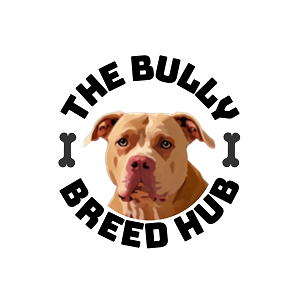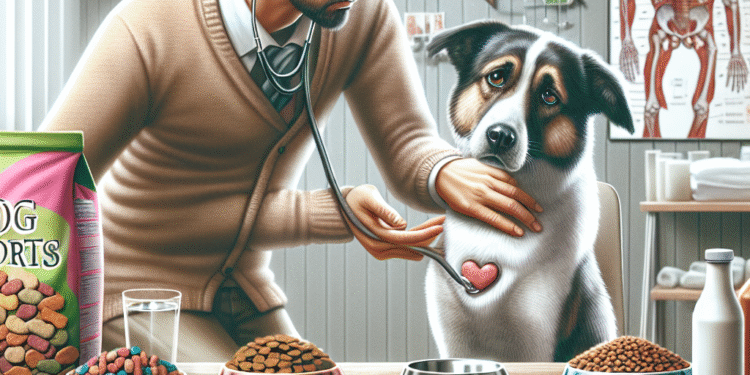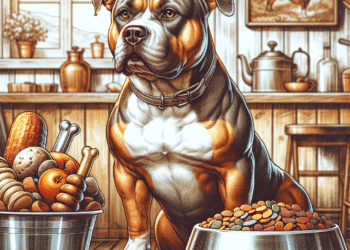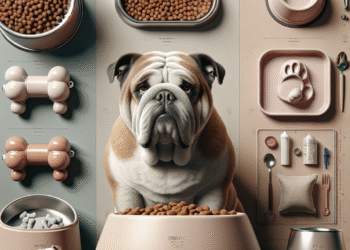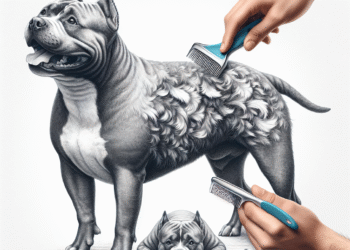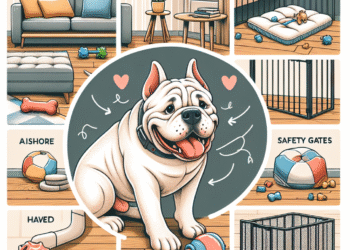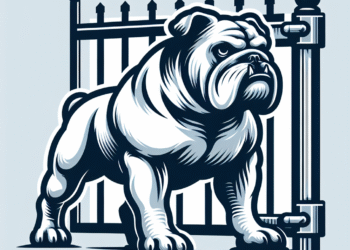Food intolerance in dogs, particularly in breeds like the American Bully, is a rising concern among pet owners. While these dogs are known for their loyalty and playful demeanor, they can also suffer from various health issues, including food sensitivities. Recognizing the signs of food intolerance is crucial for maintaining your dog’s happiness and health. Here’s what you need to know.
What is Food Intolerance?
Food intolerance occurs when a dog’s digestive system is unable to properly process certain ingredients. Unlike food allergies, which involve an immune response, food intolerance stems from a lack of specific enzymes in the digestive system or the inability to absorb certain nutrients. Common culprits include grains, dairy, and specific proteins.
Key Indicators of Food Intolerance
1. Digestive Issues
- Vomiting: Frequent or intermittent vomiting can indicate sensitivity to certain foods.
- Diarrhea: Loose stools or diarrhea, especially after eating specific meals, is a significant warning sign.
- Gas and Bloating: Excessive gas or a swollen stomach may indicate trouble digesting certain ingredients.
2. Skin Problems
- Itching and Scratching: Dogs may develop itchy skin or hot spots due to their bodies reacting negatively to food.
- Rash or Redness: Skin irritations can also occur, particularly around the face, ears, and paws.
- Hair Loss: Patchy or widespread hair loss can be a sign of food-related issues.
3. Behavioral Changes
- Lethargy: A sudden drop in energy levels may accompany food intolerance.
- Mood Swings: Irritability or anxiety can sometimes be linked to discomfort caused by food reactions.
- Increased Aggression: Pain from digestive issues may cause a usually docile dog to exhibit aggressive behavior.
4. Weight Issues
- Unexplained Weight Loss or Gain: Inability to absorb nutrients can lead to unexpected weight loss. Conversely, some dogs may gain weight due to excessive bloating or water retention.
5. Changes in Appetite
- Picky Eating: A dog that suddenly becomes selective with food may be reacting to its diet.
- Increased Thirst: A change in water consumption, especially if paired with other symptoms, can be a sign of underlying issues.
Common Food Intolerances in Dogs
Understanding what your Bully might be intolerant to can help you make informed dietary choices. Some of the most common food intolerances include:
- Grains: Wheat, corn, and soy are frequent offenders that can cause digestive disturbances.
- Dairy Products: Many dogs struggle to digest lactose found in dairy.
- Certain Proteins: Beef, chicken, and lamb can sometimes trigger sensitivities in dogs.
Diagnosing Food Intolerance
If you suspect your American Bully has a food intolerance, consult your veterinarian. They may recommend:
- Elimination Diet: Gradually remove potential allergens from your dog’s diet and slowly reintroduce them one at a time.
- Food Trial: Introducing a prescription diet specifically formulated for food sensitivities to monitor changes in your dog’s condition.
Conclusion
Recognizing the signs of food intolerance in dogs, particularly in breeds like the American Bully, is essential for ensuring their overall health and well-being. By being vigilant and responsive to symptoms, you can help your furry friend lead a happier, more comfortable life. Always consult with your veterinarian for personalized advice and dietary recommendations to address any concerns you may have regarding your dog’s health.
